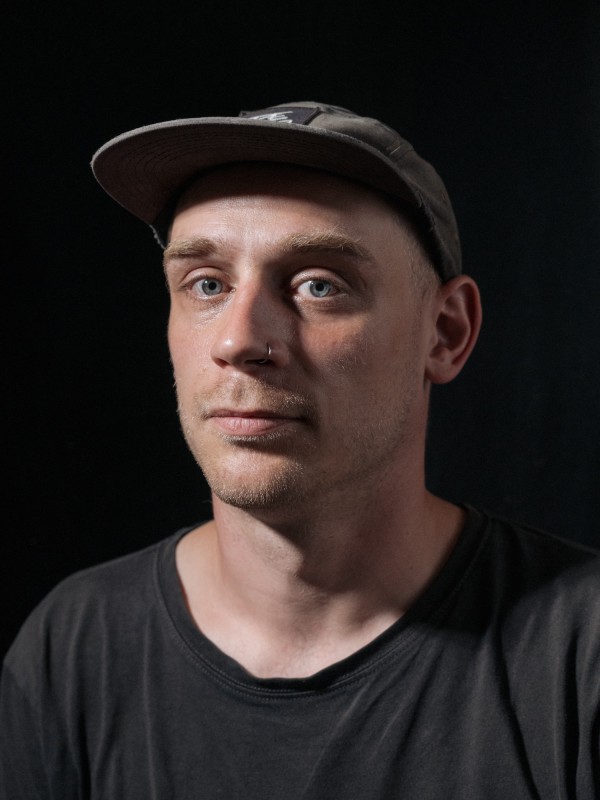The Hungry River
The Hungry River
Mika Grunwaldt
August 30, 2024
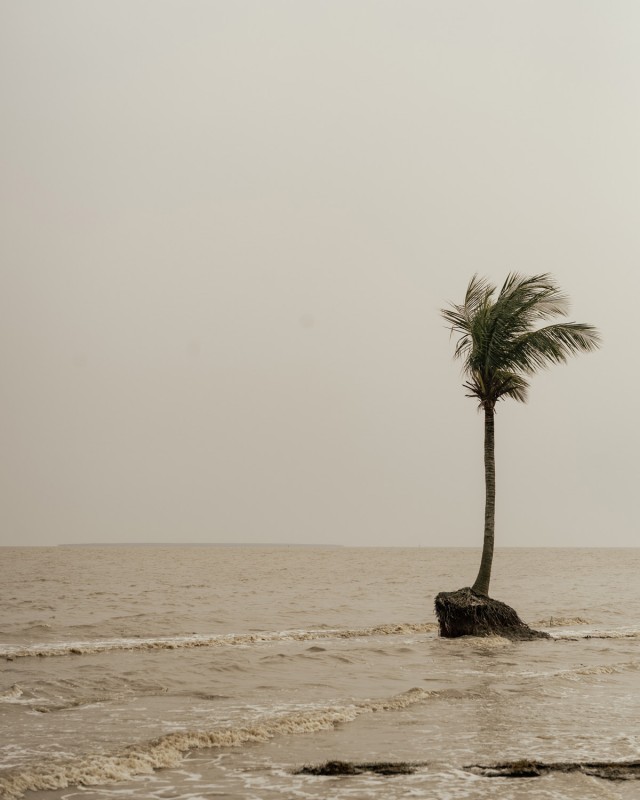
Mapura, Bangladesch, 2024
For his The Hungry River project, photographer Mika Grunwaldt travelled through rural areas in Bangladesh. His sensitive images document life in a region defined by loss. We spoke with him about his experiences and the particular photographic process enabled by working with the M10-D.
LFI: You spent some time in Bangladesh with a Leica M10-D, and took some impressive photos. How did the project come about, and what is The Hungry River series about?
Mika Grunwaldt: I was able to use a Leica M10-D for the continuation of my The Hungry River project, which I had begun while doing a semester abroad at the Pathshala Media Institute in Dhaka. At the time, the project had only been “photographed”, but there was so much thematic and photographic potential, that I decided to deal with it in my final thesis, towards my degree in Visual Journalism and Documentary Photography. These pictures were then taken during my second stay in Bangladesh.
The series is suddenly about much more: the initial theme was the causes of the erosion of the islands in the Meghna River delta, due to climate change and human influence. After I had spent a longer time in a rural community at the river delta, researching and taking pictures, I was able to transfer the feeling for the changes in the region to an erosion in the social and cultural sense, because, due to the erosion, the local inhabitants of the island region are not only losing increasing amounts of land, but also the foundation of their lives. External influences coming from religion and politics, as well as migration and demographic changes, also contribute significantly to the omnipresent feeling of loss that pervades the region and the reality of people's lives. Using a fragmentary and poetic approach, I have tried to address this erosion in a deeper sense.
Why did you decide to take a Leica M10-D, a digital camera without a display, on this journey?
I love rangefinder cameras and prefer to photograph analogue on film. I appreciate how working analogue decelerates the process: manual focussing; intense reflection; building up the picture before hitting the release; as well as the time that lies between taking the pictures and seeing them for the first time. Unfortunately, my Leica M6 was stolen, and the price of film has risen in recent years. Furthermore, in Bangladesh it's very difficult to get films developed. So, the Leica M10-D was the perfect choice, because it functions like an analogue camera, but delivers digital images.
How does the lack of display change your photographic practice?
Taking pictures without a display relieves the stress during my personal work. I pay a lot more attention to the light, the mood and, above all, the details that could disturb the picture. At the same time, I realise that I can't control every picture. Because of the slower work process, I deal much more intensely with the protagonists and I'm able to develop a portrait together with them.
Do you see a possible counter-trend to normal digital photography with display?
The trend for normal digital photography follows the motto: “faster, higher, more”: faster autofocus including tracking function; higher resolution with less noise at higher ISO settings; more pictures per second. Of course, those are practical functions, which make the work day easier for many photographers, and which have become indispensable depending on the project. I don't need these features for my personal work. On the contrary, digital viewfinders, lots of buttons and a camera that “thinks” with you, stress me out. The type of photography using an M10-D is different, and you either like it or you don't. For me, digital photography with the analogue feeling works very well.
To whom in particular would you recommend such a camera?
The Leica M-D line is particularly suited to those who feel drawn to analogue photography, and who have the necessary technical knowledge to achieve the desired results. The camera offers unique opportunities to dedicate yourself to decelerated photography and to develop a precise feeling for your surroundings.
Mika Grunwaldt+-
Born in 1989, he studied Visual Journalism and Documentary Photography at Hanover University of Applied Sciences and Arts and in Dhaka. His work focusses on humanitarian and social issues as well as topics of social inequality and justice. He works as a photographer and photo editor. More

Mapura, Bangladesch, 2024
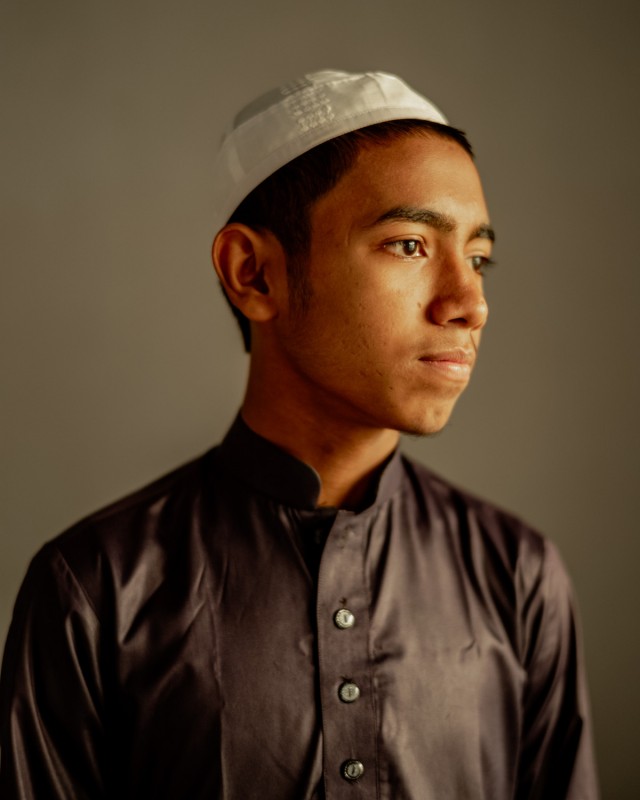
Conservative Islam, which has been spreading fast in Bangladesh since its independence in 1971, has a deep influence on people's lives and social interactions. For many of the inhabitants, religion is an important part of their Bangladeshi identity. This means that the men's traditional clothing, known as lungi, is gradually being replaced by a kurta. Instead of traditional saris, women are increasingly wearing hijabs, burkas or the two-piece salwars. Changes to the outer appearance is typical of the up-and-coming, financially privileged Islamic bourgeoisie in the country, which is increasingly distancing itself from the ordinary population and exerting great political influence. Daulatkhan, Bangladesh 2024
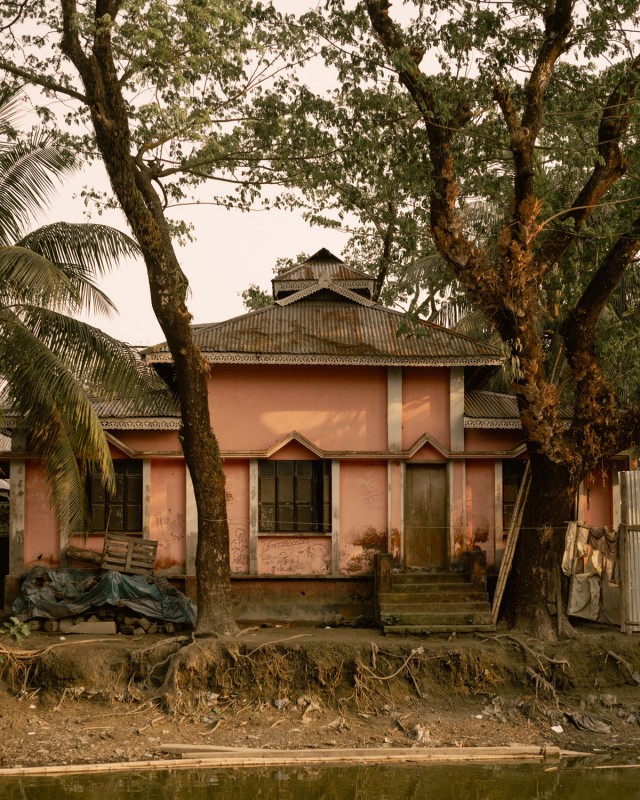
Daulatkhan, Bangladesh, 2024

Daulatkhan, Bangladesh, 2024
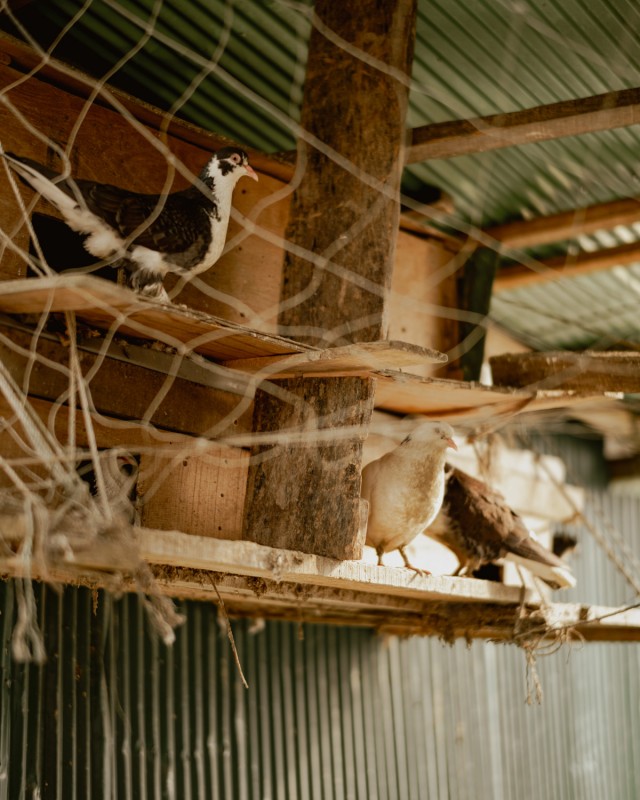
Daulatkhan, Bangladesh, 2024
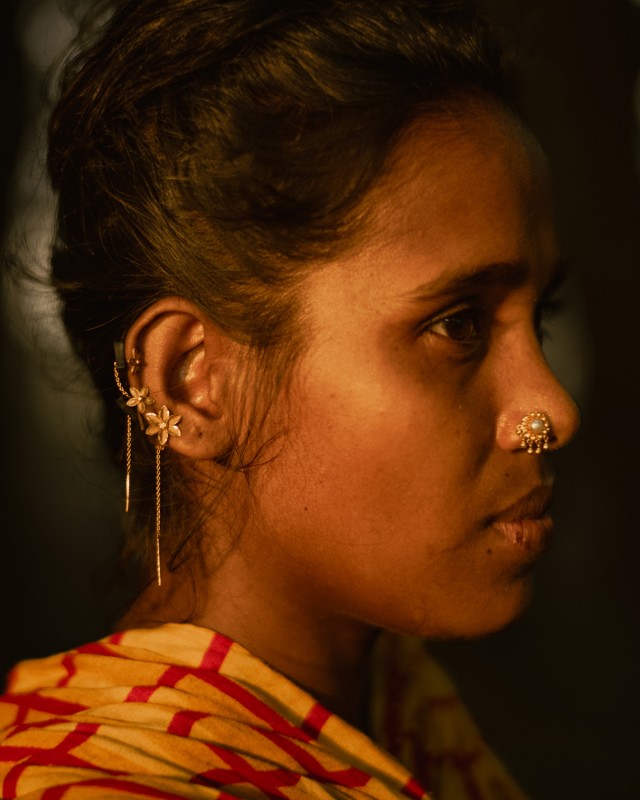
Kulsum is a proud member of the Manta community. Jewellery has great meaning for her. Among the Manta, the selling of gold jewellery is a characteristic profession. Another important source of income is finding pieces of jewellery that women might have lost while bathing. Special metal sieve are used to sift through the mud at the bottom of the water. Borhanuddin, Bangladesh 2024

Daulatkhan, Bangladesh, 2024
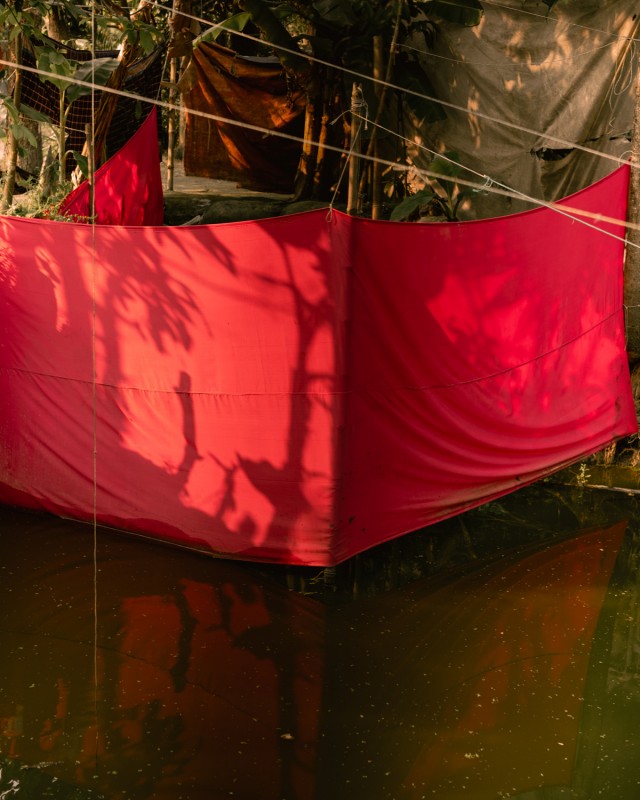
Borhanuddin, Bangladesh, 2024
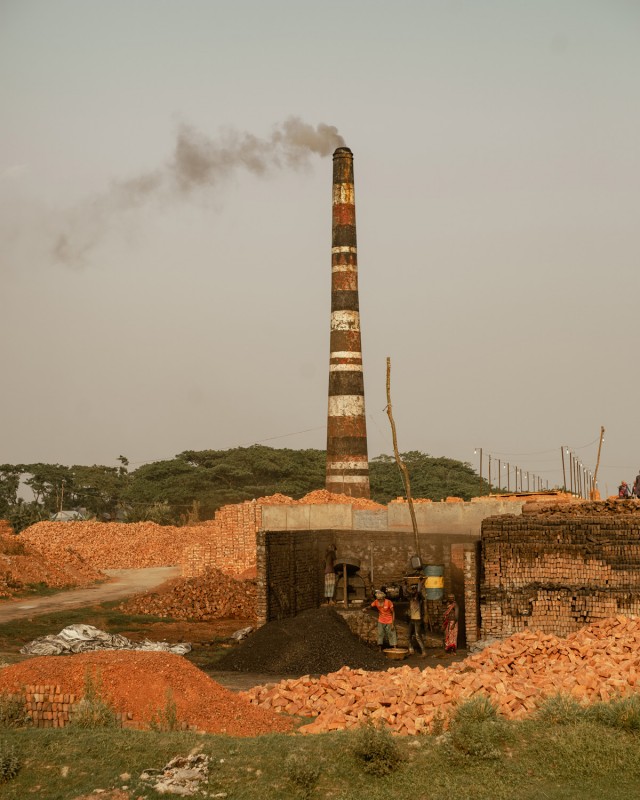
Daulatkhan, Bangladesh, 2024
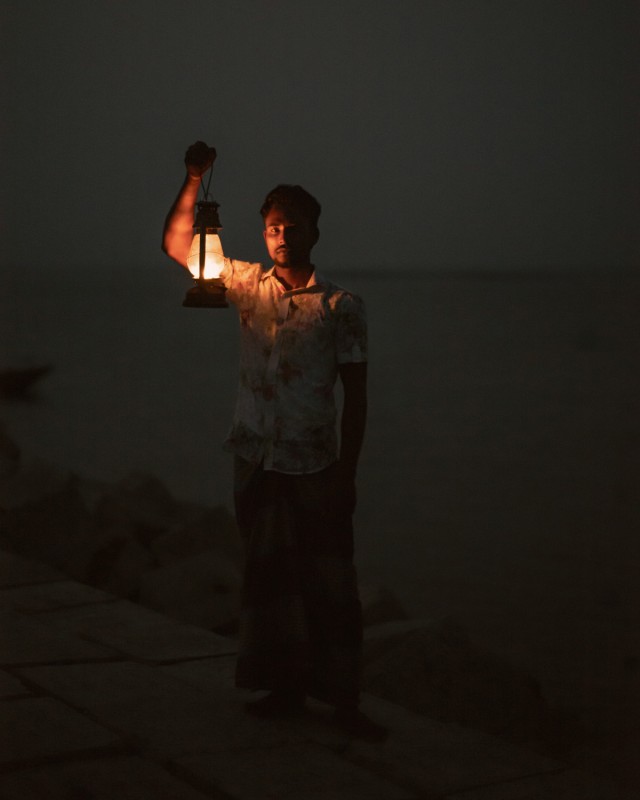
Daulatkhan, Bangladesh, 2024
